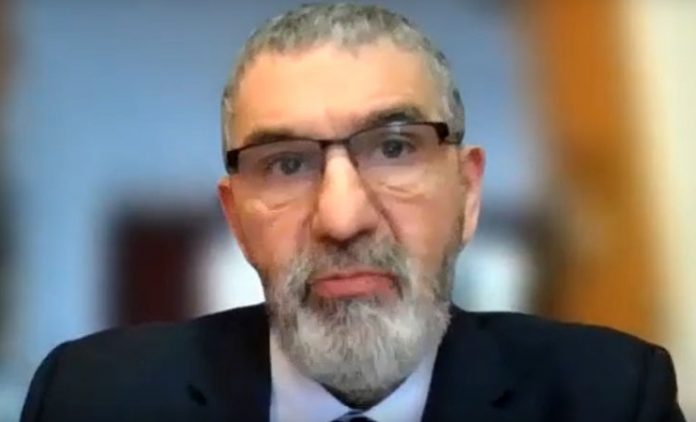Guest contributor
Igor Blazevic
Myanmar’s Spring Revolution started in February 2021 as the non-violent uprising of the country’s youth (Gen Z) and the urban middle class (Civil Disobedience Movement, or CDM) joined the urban working class (female textile workers, railway workers, etc.) to express opposition to the military coup.
Once the military cracked down on street protests using brutal violence, which included extrajudicial killings, shooting peaceful protesters, mass arrests and torture, the resistance to the coup moved from the cities to the rural areas.
What started as a non-violent, urban civic popular uprising – which was completely ignored by the Association of Southeast Asian Nations (ASEAN) and international organizations – was transformed into armed self-defense and revolution.
The political and ideological leadership of the resistance to the military coup was still generated from the urban middle class, but the burden of resistance and resilience is being carried out by the country’s rural populations. It was Myanmar villages, both Bamar and other ethnic nationalities, that have been fighting back.
This rural, peasants’ revolution merged with decades-long liberation struggle of Myanmar’s Ethnic Armed Organizations (EAOs). This move from cities to rural areas created a significant socio-economic and political shift and gave endurance and deep strength to the anti-coup struggle.
This is the main reason why Myanmar’s Spring Revolution has not been crushed after several months of brutal repression – as urban, civic, middle class uprisings in many other countries around the world have been suppressed in the last 10 years.
Now, since the military has lost effective control of large parts of rural areas, the liberation struggle is returning to the cities.
The military’s intentions are obvious. They are trying to entrench themselves in urban areas, using the population as hostages and human shields, and to defend themselves by inflicting huge damage on cities.
So far, the military has been mercilessly committing crimes and atrocities, and inflicting huge damage and suffering on rural areas and peripheral territories of the country. It had all the characteristics of a state-run war of terror against the civilian population.
But because it was happening primarily in the rural peripheral areas, even when it was happening on a large scale with millions of people being affected, Myanmar’s neighbors and international organizations could pretend that they did not see the grim reality.
However, now the military’s desperate effort to survive and to stay in control at all costs means the people’s liberation struggle is slowly but inevitably approaching the cities.
Destruction, suffering, crimes and humanitarian catastrophe will reach new intensity, new depth and new scale because now cities will become theaters of war if there will be no radical shift in the approach of Myanmar’s neighbors and other regional and international actors.
What is needed to prevent the fall of the country and its population into the new abyss of catastrophe is to stop treating Min Aung Hlaing and his regime as an inevitable and crucial factor in any solution. What is needed is to clearly set as the primary objective that Min Aung Hlaing must be forced into the dustbin of history with all previous dictators.
What is needed is to openly start political dialogue with everybody in Myanmar except Min Aung Hlaing and his regime or else it will prolong the crisis. This will be enough to send the final signal to the Myanmar military that it must go for once and all.
Current efforts by led by ASEAN with Laos as its chair, along with India and China to have one last effort to impose a temporary ceasefire will fail terribly. One more year will be lost and that year will bring devastation to Myanmar’s cities.
Civilians and the people’s liberation forces of Myanmar will not have too many choices but to continue to fight their revolution (which will end successfully) or to escape and create a new level of exodus pressure.
They will do both, having no other choice.
—-
Igor Blazevic is a lecturer at the Educational Initiatives Myanmar and Senior Advisor at the Prague Civil Society Centre
Hear Igor Blazevic on the DVB English News Weekly Briefing and Newsroom podcasts
DVB publishes a diversity of opinions that does not reflect DVB editorial policy. We’d like to hear what you think about this or any of our stories: [email protected]



